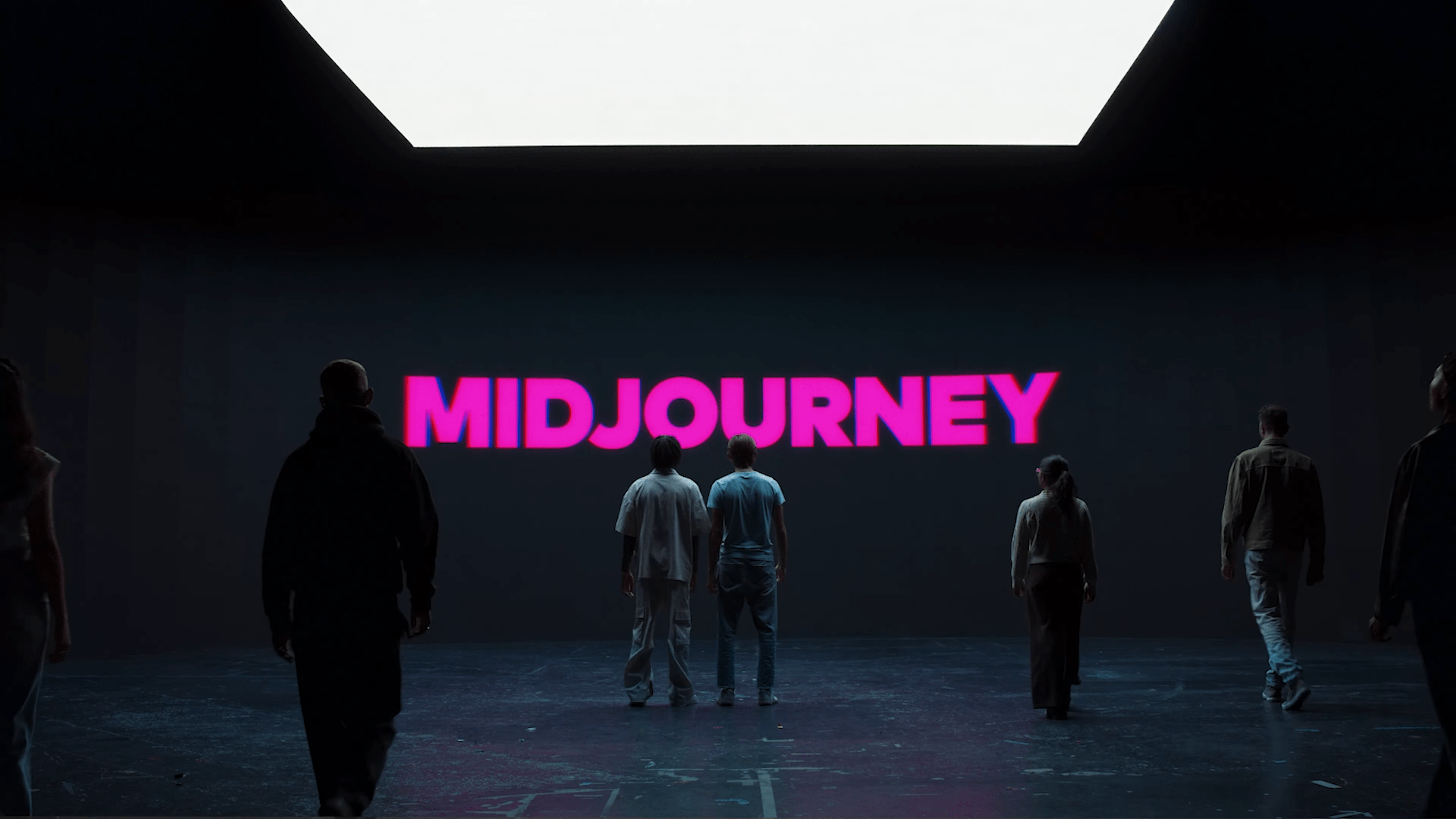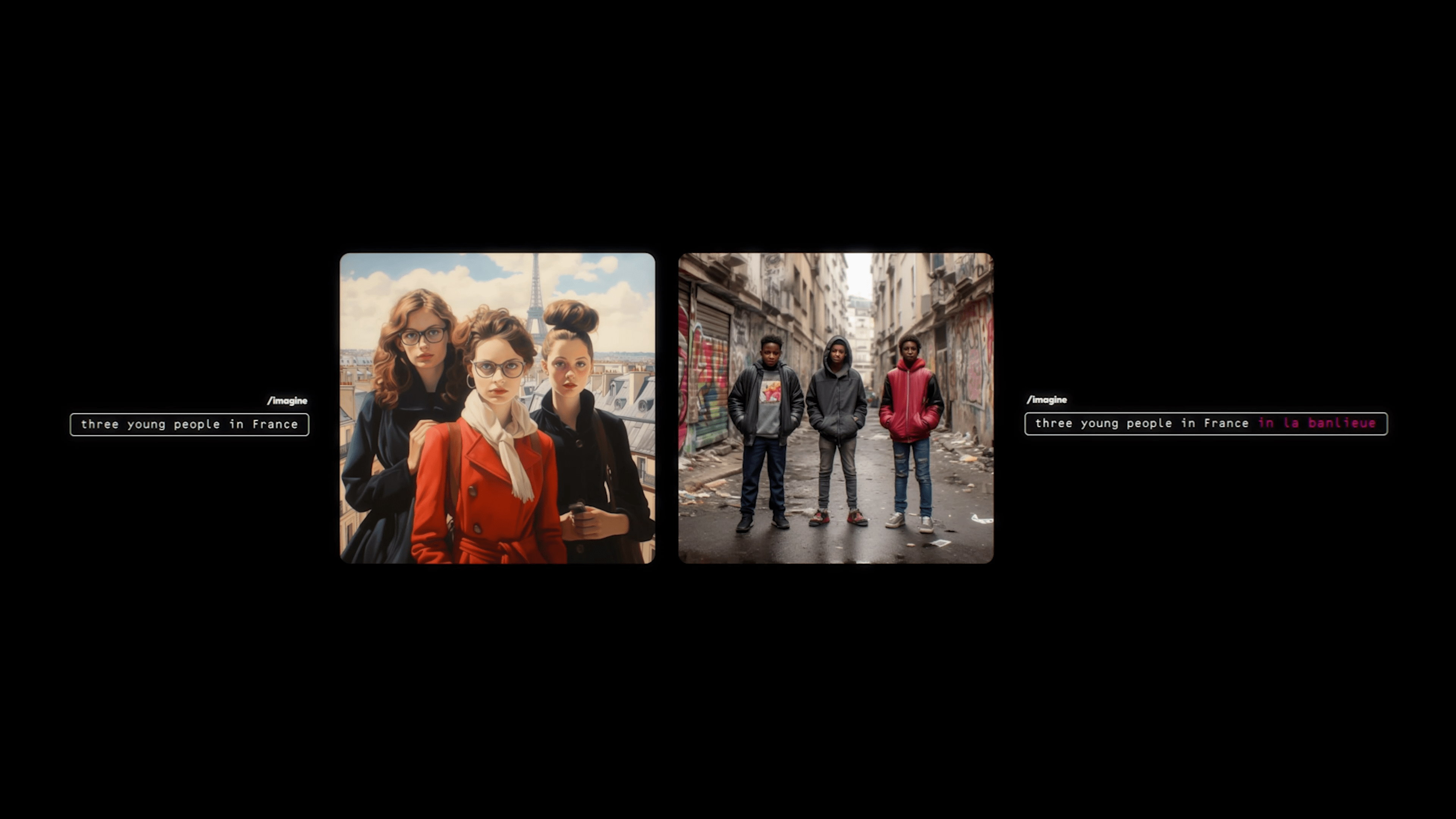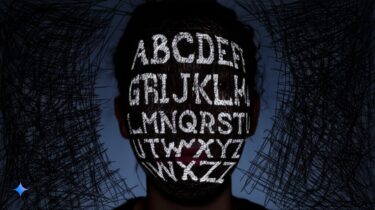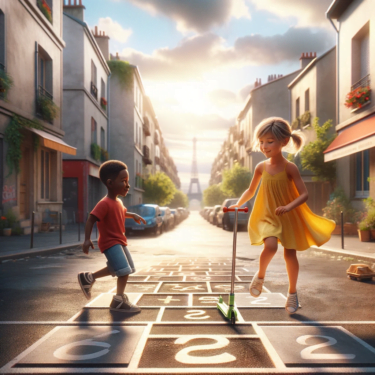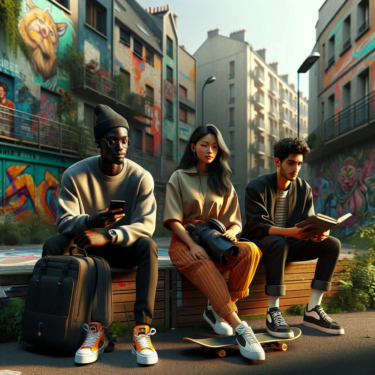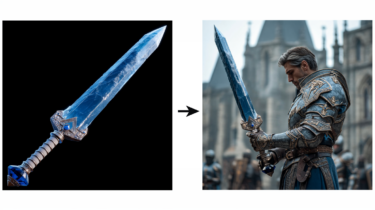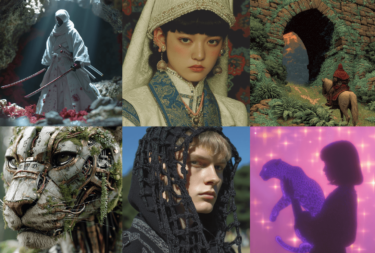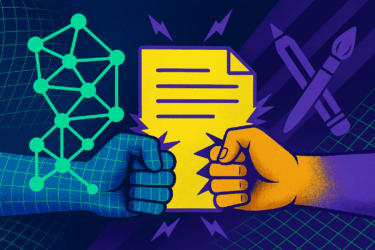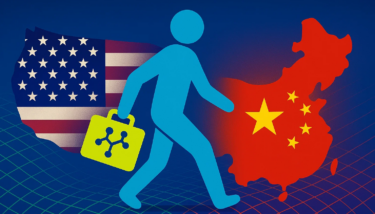French transportation company Heetch has launched an unusual campaign to challenge biases about French suburbs known as banlieues, which are portrayed by the AI image system Midjourney.
Heetch found that by adding "in la banlieue" to a prompt, Midjourney displays images of poor people in run-down areas or ghettos that without the addition would generate a harmonious or beautiful image. This shows a strong bias in the AI's representation of French suburbs.
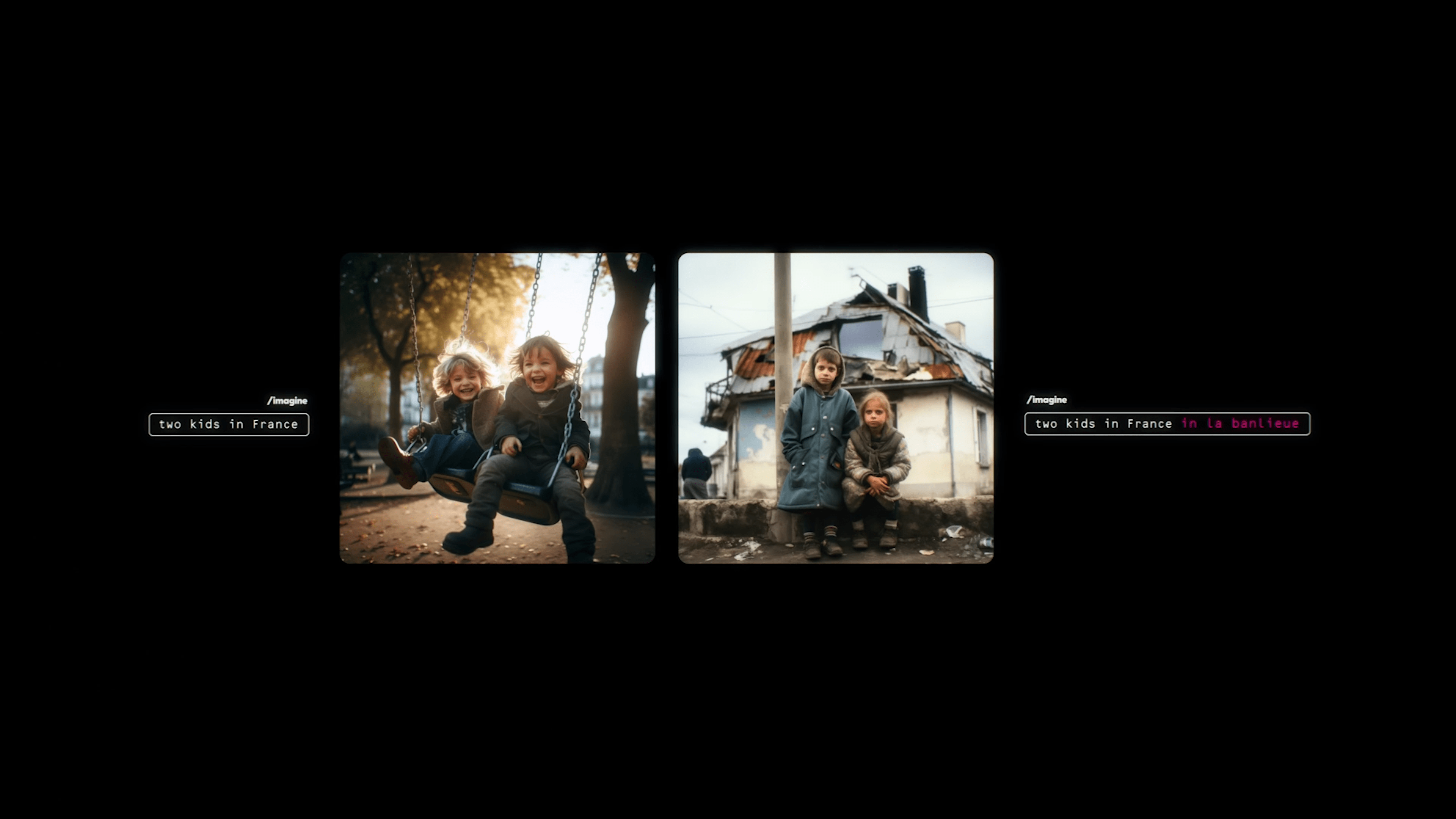
In response, Heetch collected thousands of photos from the banlieues, turned them into postcards, and sent them to Midjourney's eleven employees. Each postcard contains a QR code that, when scanned, links to a database of corrective photos. Heetch hopes that Midjourney will use these images to improve AI training and eliminate bias in the model.
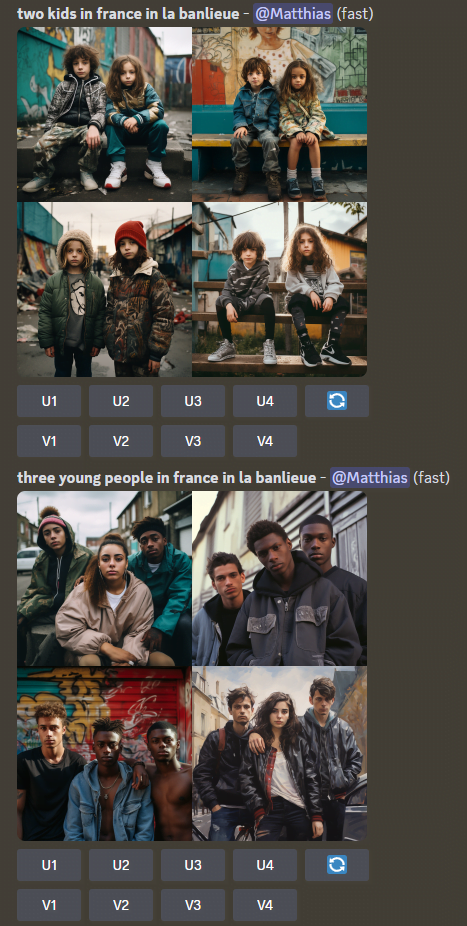
Creative campaign against AI bias
Heetch's campaign, entitled "Greetings from the suburbs", aims to raise awareness of bias in AI systems such as Midjourney. Through postcards with QR codes, the company offers Midjourney employees a constructive way to get to know the French suburbs while literally improving their image in Midjourney.
In a public message to Midjourney, Heetch writes: "We're Heetch, probably not on your radar, but we, along with the 12.5 million residents of the French Banlieue, have just sent out thousands of postcards that you - we mean, your 11 employees - should receive soon. Once these postcards land on your desks, reach out! We're all ears for a chat."
AI biases far from eliminated
AI systems like Midjourney depend on large datasets to learn text-image relationships. However, these datasets can contain biases that can lead to misrepresentations or reinforce stereotypes.
In the case of Midjourney, the biases in the images of French banlieues could reinforce negative perceptions and damage the reputation of the neighborhood and its residents.
OpenAI faces similar problems in DALL-E 3, but found a creative solution: Since it is difficult to change the datasets, OpenAI has ChatGPT rewrite the user-entered prompts to reflect diversity and reduce bias. ChatGPT is like a covert moderator for DALL-E 3.
With the two prompts mentioned above, DALL-E 3 still produces clichéd images, but they are at least friendlier and more varied, if far from photorealistic - Midjourney is clearly ahead here. However, as mentioned above, ChatGPT significantly rewrites the prompt (see below).
"Three young people of diverse descents in an urban French suburb, captured in a high-definition, photorealistic style reminiscent of a DSLR camera photo. The first person is a Black male wearing casual streetwear, sitting on a bench with a smartphone and earphones. The second is a South Asian female in a modern outfit, reading a book against a backdrop of colorful street art. The third is a Middle-Eastern male in fashionable attire, skateboarding on the pavement. The setting includes architectural elements typical of La Banlieue, with clear details and textures that give a sense of depth and realism, illuminated by natural sunlight casting soft shadows, to mimic the quality of a DSLR photograph."
DALL-E 3 prompted by ChatGPT prompted by THE DECODER
AdAdJoin our communityJoin the DECODER community on Discord, Reddit or Twitter - we can't wait to meet you.
